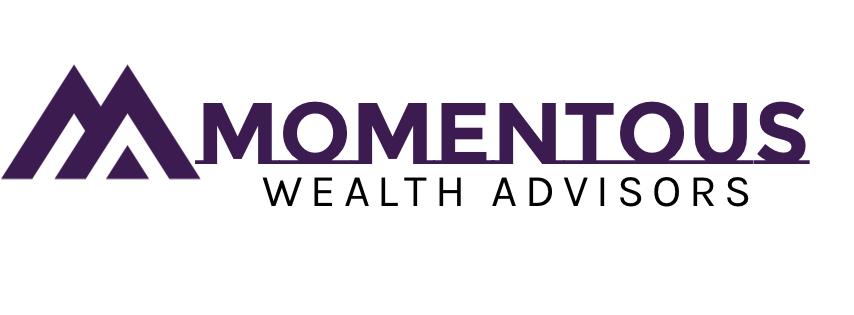Market Breath: A Sign of a Healthy Market?
Market Breath: A Sign of a Healthy Market?
Market breath, a term often used in financial circles, refers to the overall strength and health of a market. It involves measuring the level of participation and agreement among stocks or other financial instruments in a particular market. But is market breath truly an indicator of a healthy market?
In theory, a healthy market exhibits broad participation, with a majority of stocks moving in the same direction. This signifies that the market rally or decline is supported by a significant number of stocks, and not just a few heavily weighted stocks carrying the entire market. A positive market breath can indicate bullish sentiment and a widespread conviction among investors. Conversely, a negative market breath might suggest increasing divergence and lack of consensus among market participants.
However, it is important to acknowledge that market breath is just one of many factors to consider when assessing market health. While it can provide useful insights, it should not be the sole criteria on which investment decisions are based. Market breath indicators, such as advance-decline ratios, can offer valuable information, but they have their limitations.
One potential limitation is the impact of a few influential stocks on broader market breath measurements. In some cases, a handful of large-cap stocks may significantly skew the overall market breath, making it appear healthier or weaker than it actually is. Therefore, it is important to consider individual stock behavior rather than relying solely on aggregate measures.
Additionally, market breath is not a static metric. It can change rapidly as new information emerges and investor sentiment shifts. External factors, such as geopolitical events or economic indicators, can heavily influence market breath. Therefore, it is essential to interpret market breath in the context of other indicators and market dynamics.
Moreover, market breath should be viewed in conjunction with other technical and fundamental analysis tools. Factors like earnings growth, valuation metrics, and market breadth measures can complement each other, providing a more comprehensive understanding of the market's health.
In conclusion, while market breath can offer valuable insights into the overall strength and health of a market, it is not a standalone indicator of market health. It should be used in combination with other tools and metrics to gain a more holistic perspective. Investors should consider the limitations and potential biases associated with market breath, and interpret it within the broader context of the market environment. By doing so, investors can make more informed decisions and navigate the complexities of the financial markets with greater clarity.
-Brian D. Muller, AAMS® Founder, Wealth Advisor
Disclaimer: This material is for informational purposes only and should not be construed as investment advice. Past performance is not indicative of future results. Always consult with a qualified financial professional before making any investment decisions.
